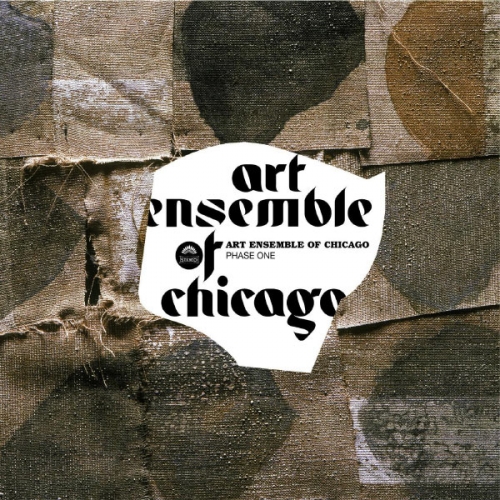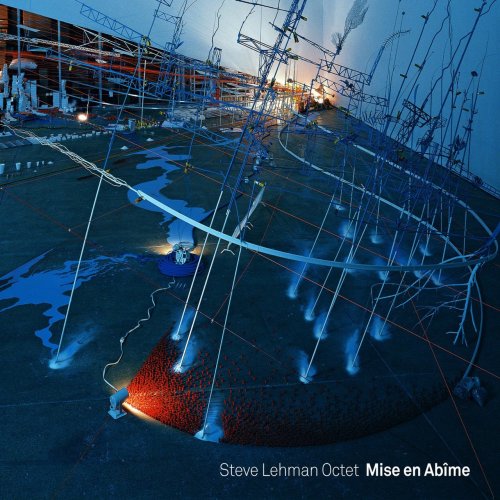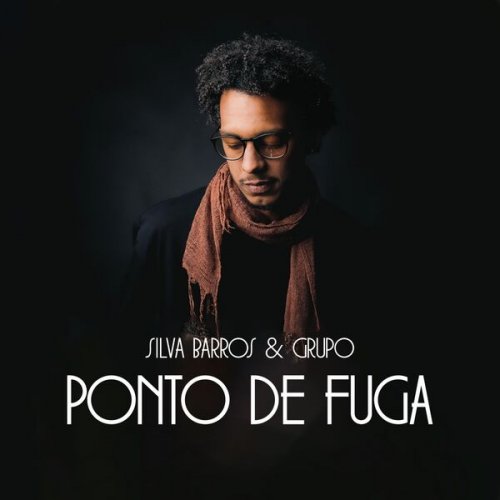Fryderyck Chopin - Clara Haskil plays Chopin & Schumann (Studio Recording) (2023)
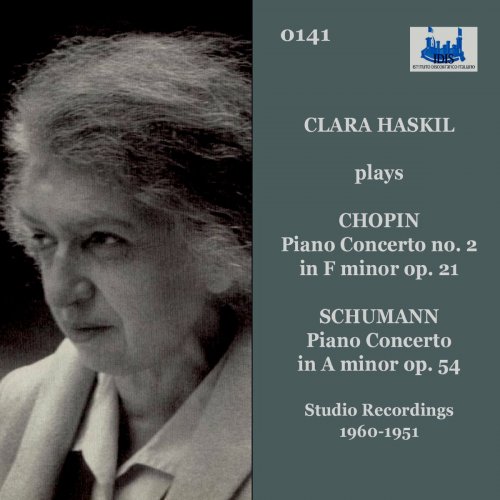
Artist: Frédéric Chopin, Clara Haskil, Orchestre Lamoureux, Willelm van Otterloo
Title: Clara Haskil plays Chopin & Schumann (Studio Recording)
Year Of Release: 2023
Label: Artemisia
Genre: Classical
Quality: FLAC (tracks+booklet)
Total Time: 48:10 min
Total Size: 185 MB
WebSite: Album Preview
Tracklist:Title: Clara Haskil plays Chopin & Schumann (Studio Recording)
Year Of Release: 2023
Label: Artemisia
Genre: Classical
Quality: FLAC (tracks+booklet)
Total Time: 48:10 min
Total Size: 185 MB
WebSite: Album Preview
01. Piano Concerto no. 2 in F minor op. 21 (Studio Recording)
02. Piano Concerto no. 2 in F minor op. 21 (Studio Recording)
03. Piano Concerto no. 2 in F minor op. 21 (Studio Recording)
04. Piano Concerto in A minor op. 54 (Studio Recording)
05. Piano Concerto in A minor op. 54 - (Studio Recording)
06. Piano Concerto in A minor op. 54 (Studio Recording))
Frédéric Chopin was the most famous composer of Polish origin in the history of Western concert music. He was a progressive who revolutionized the harmonic content, the texture, and the emotional quality of the small piano piece, turning light dance forms, nocturnes, and study genres into profound works that were both daring and deeply inward.
Born Fryderyk Franciszek Chopin to a French father and a Polish mother, probably on March 1, 1810, he was a native of Zelazowa Wola village west of Warsaw. In these rustic surroundings, he was exposed to both the classics of keyboard music (including, significantly, those of Bach), by teachers who immediately recognized him as a prodigy, and to Polish folk music, which would be reflected in a pioneering musical nationalism. He quickly outstripped the talents of most of Warsaw's top piano and composition teachers, and when he graduated from the Main School of Music in 1829, professor Józef Elsner pronounced him a genius. That year, Chopin set out on a tour of Austria, Germany, and France. During this period, he wrote his two piano concertos, which contain much of the typical brilliant style of virtuoso piano music of the era, but show the development of a gift for distinctive melody, both ornate and emotionally deep. Chopin returned to Warsaw but departed again, first for Vienna, where he heard news that Poland's uprising against its Russian, Prussian, and Austrian rulers had failed. The Polish national spirit would pervade some of his larger works, including the so-called "Revolutionary" Etude (the Etude in C minor, Op. 10, No. 12). He was encouraged by composer Robert Schumann, who reviewed his Variations, Op. 2, with the words "Hats off, gentlemen, a genius!"
In 1832, Chopin headed for Paris, in many ways the center of European cultural life, and dazzled the city's musical elite, including Franz Liszt, in a concert at the Salle Pleyel. He immediately found himself in demand as a piano teacher, and soon he decided to settle in Paris, although he always hoped to return to Poland. He performed at aristocratic salons, cultivating then-new genres such as the étude (the word means "study," but in Chopin's hands it became much more), the nocturne, the waltz, and, in a Polish vein, the mazurka and the polonaise. After a planned marriage to a Polish girl, Maria Wodzinska, fell through, Chopin met writer Aurore Dudevant, who used the pen name George Sand. The pair began a torrid affair (Sand was married) and traveled together in 1838 to Mallorca, Spain, where they found the local citizenry disapproving of their unconventional relationship and were forced to lodge in a disused monastery. Chopin's creativity was fired, and he would write brilliantly innovative sets of piano music over the next few years. However, the weather turned cold in the winter of 1838-1839, and Chopin's health worsened as he and Sand lived in the unheated building; he was probably already suffering from tuberculosis. Back in France, Chopin and Sand took up residence in Paris and in summers at her estate in Nohant, where Chopin composed prolifically and the couple hosted painter Eugène Delacroix and other members of the cream of French artistic society. The romance cooled, though, and finally ended in 1847. One factor precipitating the breakup was Sand's negative portrayal of Chopin in her 1846 novel Lucrezia Floriani.
Chopin's health was also worsening badly; he found it difficult to perform and could no longer attract crowds as a virtuoso. During political unrest in Paris in 1848, Chopin fled to the British Isles. He performed in London (once for Queen Victoria and Prince Albert) and in Glasgow, where he was the subject of romantic interest from Scots noblewoman Jane Stirling. Chopin, however, remarked that he was "closer to the grave than the nuptial bed," and indeed in November of 1848 he gave what would be his last concert, for Polish refugees. He returned to Paris and continued to receive a steady stream of admirers despite what was clearly a terminal illness; singer Pauline Viardot, according to historians Kornel Michałowski and Jim Samson, remarked that "all the grand Parisian ladies considered it de rigueur to faint in his room." Chopin died in Paris on October 17, 1849. ~ James Manheim
Romanian pianist Clara Haskil began her career as a child prodigy at the Bucharest Conservatory under Richard Robert at age 7, making her debut at the age of 10. Haskil ultimately graduated from Alfred Cortot's class at the Paris Conservatoire at 15 with the Prémier Prix to her credit. By the age of 18, however, Haskil was forced to endure the first of many physical setbacks that would hold back her career, in this case an attack of meningitis that kept her in a body cast for four years. Haskil did recover, making her New York debut in 1924 and her London debut in 1926. Although it was late in her career that her name was inextricably linked with the Mozart piano concerti, at this stage Haskil was associated with Romantic literature. Her performances of the Schumann concerto in Philadelphia with Leopold Stokowski were widely praised.
With the outbreak of war, Haskil was trapped in occupied Paris, but was able to escape to Marseilles. There she survived a surreptitious surgical procedure to remove a tumor from her optic nerve, and was then smuggled to Vevey, Switzerland, where Haskil settled for the rest of her days. With war's end she resumed her career yet again, and thereafter enjoyed her greatest successes with a busy concert and recording schedule that took her around the world. Despite her amazing stamina, she proved unable to survive a fall she suffered in a Paris railway station in 1960, and died one month short of her 66th birthday.
With Haskil, musicianship came first and technical matters were irrelevant; she had enormous hands and could play a 12th in her left hand with a fingering of 2-5. Haskil reputedly had an amazing memory, and could accurately play back a piece of music she'd heard only once, even after the passage of several years, without ever having seen the score. The Clara Haskil Prize, awarded once every two years in Vevey, Switzerland, was established in 1962 as a memorial to the pianist.
Igor Markevitch was a leading conductor, known for brilliant performances, especially of twentieth century music. He was also a composer who attracted some interest in his own day. His parents left Kiev when he was two years old. Markevitch was brought up in Vevey, Switzerland. He took piano lessons from his father and then with Paul Loyonnet and also started to compose. The pianist Alfred Cortot saw some of his piano compositions and recommended that the boy study in Paris. In 1925 he enrolled in Cortot's piano class at the École Normale de Musique. He studied harmony, counterpoint, and composition with Nadia Boulanger. The ballet impresario Serge Diaghilev commissioned him to write a piano concerto and a ballet. The concerto premiered in London in 1929, but Diaghilev's death in August of that year caused Markevitch to stop work on the ballet, instead recycling materials from it into a cantata, premiered with great success in Paris on June 4, 1930. Later that year, another new work, a Concerto Grosso, received even greater acclaim. The ballet, Rébus, was first staged in December 1931, and was hailed as a great composition. The next ballet, L'envol d'Icare (June 1933), was once again highly praised. But after this Markevitch began to receive criticism for his use of unrelieved dissonance and his novel use of instruments.
Meanwhile, Markevitch had begun to conduct, debuting on the podium with the Amsterdam Concertgebouw Orchestra in 1930. He studied conducting with Hermann Scherchen in 1935. His composing activities dropped off as he increased his conducting. He spent World War II in Italy, having acquired Italian citizenship. In 1944 he was appointed music director of the Maggio Musicale Orchestra in Florence. He began conducting full time, coming into demand as a guest conductor, and held a variety of directorships or principal conducting appointments with the Stockholm Symphony Orchestra (1952-1955), the Montreal Symphony Orchestra (1956-1960), the Havana Philharmonic Orchestra (1957-1958), the Concerts Lamoureux of Paris (1957-1961), the Spanish Radio and Television Orchestra (1965-1969), the Monte Carlo Orchestra (1967), and the orchestra of the Accademia di Santa Cecilia in Rome (1967-1972). His American debut was with the Boston Symphony Orchestra in 1955. He also began giving conducting master classes, especially in Monte Carlo, from 1969.
He was known for his performance of the Russian repertory and twentieth century music. He had a quick temper, reflected in his music in sharp emotional shifts, yet the music was meticulously prepared and nearly always followed the composer's directions with exceptional care. In the late '90s, his recordings came back into demand in re-release, and even his compositions were finding a small but interested market and were praised anew for their originality.
Born Fryderyk Franciszek Chopin to a French father and a Polish mother, probably on March 1, 1810, he was a native of Zelazowa Wola village west of Warsaw. In these rustic surroundings, he was exposed to both the classics of keyboard music (including, significantly, those of Bach), by teachers who immediately recognized him as a prodigy, and to Polish folk music, which would be reflected in a pioneering musical nationalism. He quickly outstripped the talents of most of Warsaw's top piano and composition teachers, and when he graduated from the Main School of Music in 1829, professor Józef Elsner pronounced him a genius. That year, Chopin set out on a tour of Austria, Germany, and France. During this period, he wrote his two piano concertos, which contain much of the typical brilliant style of virtuoso piano music of the era, but show the development of a gift for distinctive melody, both ornate and emotionally deep. Chopin returned to Warsaw but departed again, first for Vienna, where he heard news that Poland's uprising against its Russian, Prussian, and Austrian rulers had failed. The Polish national spirit would pervade some of his larger works, including the so-called "Revolutionary" Etude (the Etude in C minor, Op. 10, No. 12). He was encouraged by composer Robert Schumann, who reviewed his Variations, Op. 2, with the words "Hats off, gentlemen, a genius!"
In 1832, Chopin headed for Paris, in many ways the center of European cultural life, and dazzled the city's musical elite, including Franz Liszt, in a concert at the Salle Pleyel. He immediately found himself in demand as a piano teacher, and soon he decided to settle in Paris, although he always hoped to return to Poland. He performed at aristocratic salons, cultivating then-new genres such as the étude (the word means "study," but in Chopin's hands it became much more), the nocturne, the waltz, and, in a Polish vein, the mazurka and the polonaise. After a planned marriage to a Polish girl, Maria Wodzinska, fell through, Chopin met writer Aurore Dudevant, who used the pen name George Sand. The pair began a torrid affair (Sand was married) and traveled together in 1838 to Mallorca, Spain, where they found the local citizenry disapproving of their unconventional relationship and were forced to lodge in a disused monastery. Chopin's creativity was fired, and he would write brilliantly innovative sets of piano music over the next few years. However, the weather turned cold in the winter of 1838-1839, and Chopin's health worsened as he and Sand lived in the unheated building; he was probably already suffering from tuberculosis. Back in France, Chopin and Sand took up residence in Paris and in summers at her estate in Nohant, where Chopin composed prolifically and the couple hosted painter Eugène Delacroix and other members of the cream of French artistic society. The romance cooled, though, and finally ended in 1847. One factor precipitating the breakup was Sand's negative portrayal of Chopin in her 1846 novel Lucrezia Floriani.
Chopin's health was also worsening badly; he found it difficult to perform and could no longer attract crowds as a virtuoso. During political unrest in Paris in 1848, Chopin fled to the British Isles. He performed in London (once for Queen Victoria and Prince Albert) and in Glasgow, where he was the subject of romantic interest from Scots noblewoman Jane Stirling. Chopin, however, remarked that he was "closer to the grave than the nuptial bed," and indeed in November of 1848 he gave what would be his last concert, for Polish refugees. He returned to Paris and continued to receive a steady stream of admirers despite what was clearly a terminal illness; singer Pauline Viardot, according to historians Kornel Michałowski and Jim Samson, remarked that "all the grand Parisian ladies considered it de rigueur to faint in his room." Chopin died in Paris on October 17, 1849. ~ James Manheim
Romanian pianist Clara Haskil began her career as a child prodigy at the Bucharest Conservatory under Richard Robert at age 7, making her debut at the age of 10. Haskil ultimately graduated from Alfred Cortot's class at the Paris Conservatoire at 15 with the Prémier Prix to her credit. By the age of 18, however, Haskil was forced to endure the first of many physical setbacks that would hold back her career, in this case an attack of meningitis that kept her in a body cast for four years. Haskil did recover, making her New York debut in 1924 and her London debut in 1926. Although it was late in her career that her name was inextricably linked with the Mozart piano concerti, at this stage Haskil was associated with Romantic literature. Her performances of the Schumann concerto in Philadelphia with Leopold Stokowski were widely praised.
With the outbreak of war, Haskil was trapped in occupied Paris, but was able to escape to Marseilles. There she survived a surreptitious surgical procedure to remove a tumor from her optic nerve, and was then smuggled to Vevey, Switzerland, where Haskil settled for the rest of her days. With war's end she resumed her career yet again, and thereafter enjoyed her greatest successes with a busy concert and recording schedule that took her around the world. Despite her amazing stamina, she proved unable to survive a fall she suffered in a Paris railway station in 1960, and died one month short of her 66th birthday.
With Haskil, musicianship came first and technical matters were irrelevant; she had enormous hands and could play a 12th in her left hand with a fingering of 2-5. Haskil reputedly had an amazing memory, and could accurately play back a piece of music she'd heard only once, even after the passage of several years, without ever having seen the score. The Clara Haskil Prize, awarded once every two years in Vevey, Switzerland, was established in 1962 as a memorial to the pianist.
Igor Markevitch was a leading conductor, known for brilliant performances, especially of twentieth century music. He was also a composer who attracted some interest in his own day. His parents left Kiev when he was two years old. Markevitch was brought up in Vevey, Switzerland. He took piano lessons from his father and then with Paul Loyonnet and also started to compose. The pianist Alfred Cortot saw some of his piano compositions and recommended that the boy study in Paris. In 1925 he enrolled in Cortot's piano class at the École Normale de Musique. He studied harmony, counterpoint, and composition with Nadia Boulanger. The ballet impresario Serge Diaghilev commissioned him to write a piano concerto and a ballet. The concerto premiered in London in 1929, but Diaghilev's death in August of that year caused Markevitch to stop work on the ballet, instead recycling materials from it into a cantata, premiered with great success in Paris on June 4, 1930. Later that year, another new work, a Concerto Grosso, received even greater acclaim. The ballet, Rébus, was first staged in December 1931, and was hailed as a great composition. The next ballet, L'envol d'Icare (June 1933), was once again highly praised. But after this Markevitch began to receive criticism for his use of unrelieved dissonance and his novel use of instruments.
Meanwhile, Markevitch had begun to conduct, debuting on the podium with the Amsterdam Concertgebouw Orchestra in 1930. He studied conducting with Hermann Scherchen in 1935. His composing activities dropped off as he increased his conducting. He spent World War II in Italy, having acquired Italian citizenship. In 1944 he was appointed music director of the Maggio Musicale Orchestra in Florence. He began conducting full time, coming into demand as a guest conductor, and held a variety of directorships or principal conducting appointments with the Stockholm Symphony Orchestra (1952-1955), the Montreal Symphony Orchestra (1956-1960), the Havana Philharmonic Orchestra (1957-1958), the Concerts Lamoureux of Paris (1957-1961), the Spanish Radio and Television Orchestra (1965-1969), the Monte Carlo Orchestra (1967), and the orchestra of the Accademia di Santa Cecilia in Rome (1967-1972). His American debut was with the Boston Symphony Orchestra in 1955. He also began giving conducting master classes, especially in Monte Carlo, from 1969.
He was known for his performance of the Russian repertory and twentieth century music. He had a quick temper, reflected in his music in sharp emotional shifts, yet the music was meticulously prepared and nearly always followed the composer's directions with exceptional care. In the late '90s, his recordings came back into demand in re-release, and even his compositions were finding a small but interested market and were praised anew for their originality.
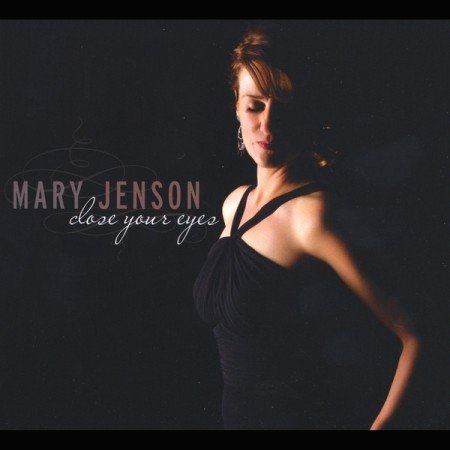
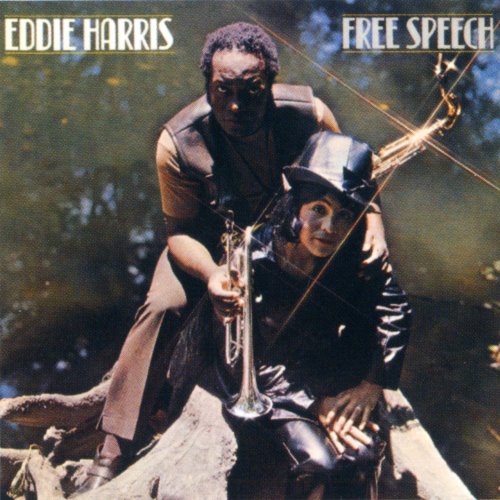

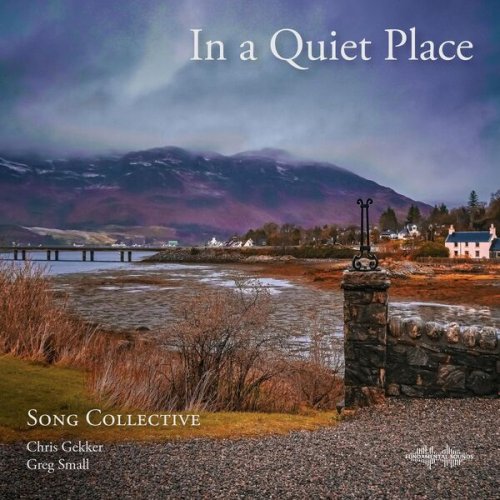

![The Mood Mosaic - Soul Allure (2026) [Hi-Res] The Mood Mosaic - Soul Allure (2026) [Hi-Res]](https://www.dibpic.com/uploads/posts/2026-01/1767930779_j8tt8dryg8d9a_600.jpg)
